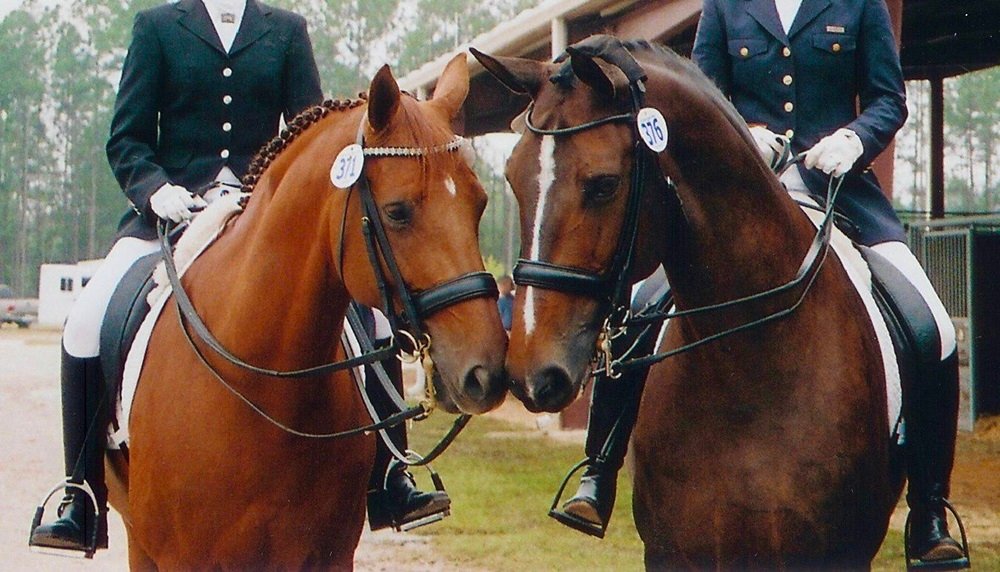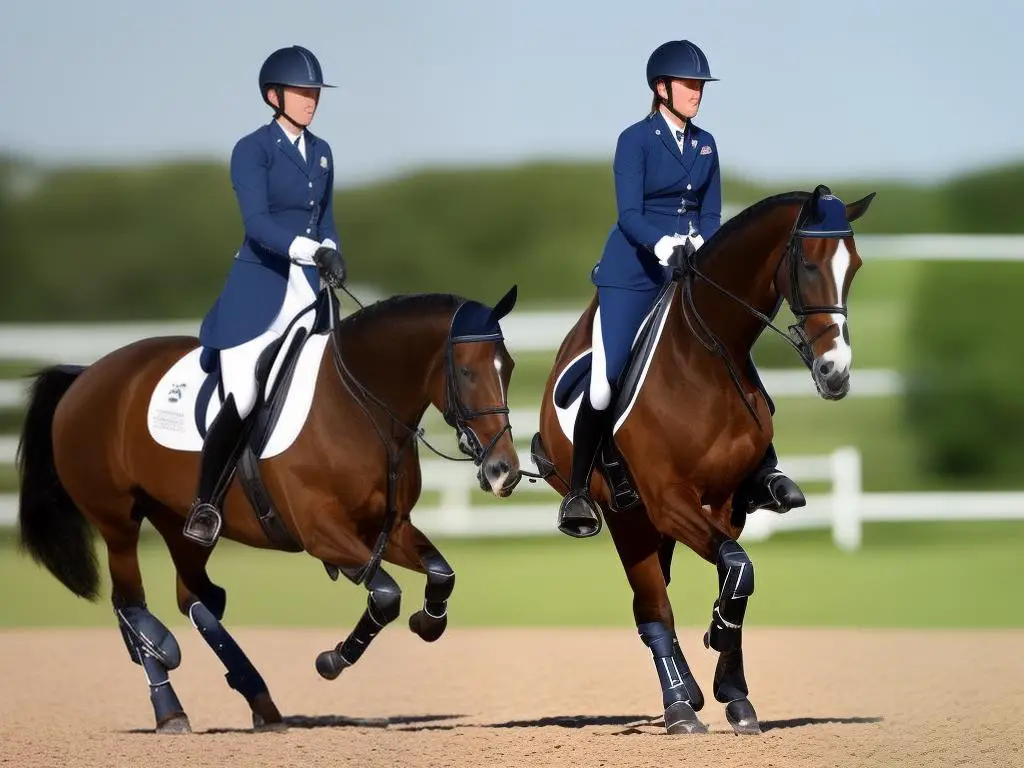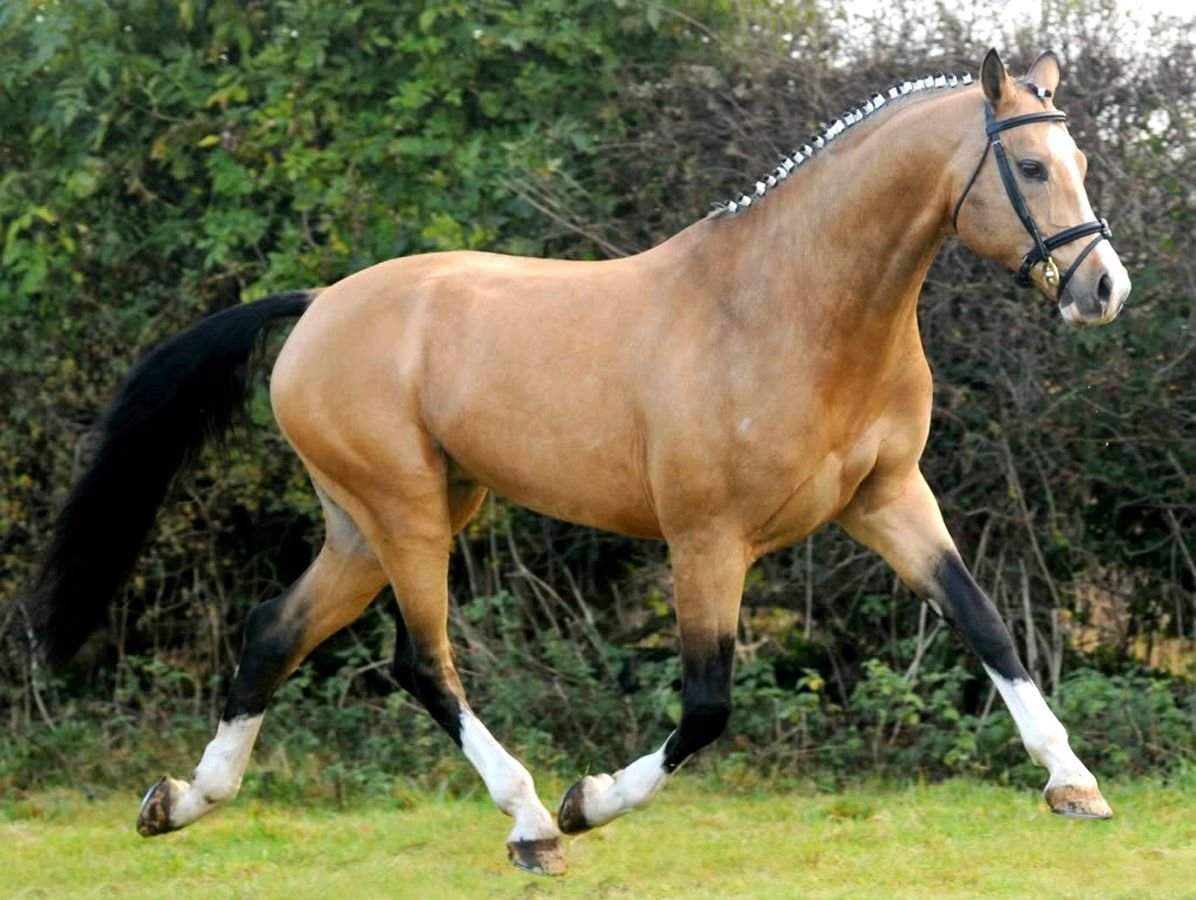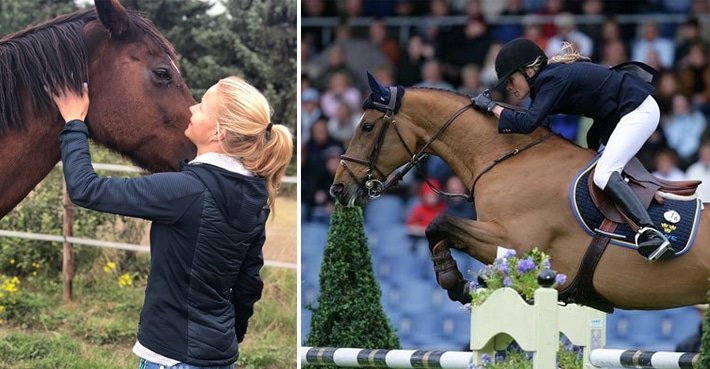Choosing a warmblood for competitive riding can be an exciting but daunting task. These horses are renowned for their versatility and athleticism, excelling in disciplines like dressage, show jumping, eventing, and more. However, finding the right warmblood that matches your competitive goals requires careful consideration of several factors. Here’s a guide to help you select the perfect warmblood for your equestrian career.
1. Understand Your Discipline Requirements
Before choosing a warmblood, it’s essential to determine which competitive discipline you are pursuing. Different disciplines have unique requirements that influence the type of horse you need. While warmbloods are versatile, some breeds excel in specific areas more than others.
Dressage
For dressage, you’ll want a warmblood with excellent movement, balance, and the ability to collect and extend their gaits with precision. Breeds like the Dutch Warmblood or Hanoverian are particularly strong in this discipline.
Show Jumping
If show jumping is your focus, you’ll need a warmblood that has both speed and scope. The Holsteiner breed, known for its powerful jumping ability, might be the ideal choice for this discipline.
Eventing
Eventing requires a horse that can excel in dressage, cross-country, and show jumping. Warmbloods like the Oldenburg or the Trakehner are versatile and excel in all three phases of eventing.
Understanding the demands of your chosen discipline will help you narrow down which warmblood breeds or individual horses are most suitable.
2. Consider Temperament and Personality
The temperament of a warmblood is crucial when choosing a horse for competitive riding. A horse’s personality will affect your training and performance, especially in high-pressure competitive environments.
Warmbloods are known for their calm, trainable, and cooperative nature, making them ideal for riders of all experience levels. However, each warmblood has its own unique personality, so it’s important to choose one that suits your style.
Key temperament traits to look for:
- Willingness to work: Competitive riding requires a horse that is motivated and eager to work. Look for a warmblood that shows enthusiasm in training.
- Focus: You want a horse that can stay focused during competition, particularly in disciplines like dressage, where precision is key.
- Maturity: Consider the horse’s maturity level. A younger horse may be more excitable but also more trainable, while an older horse may have more experience and composure in competition settings.
3. Evaluate Conformation and Movement
Conformation plays a significant role in the performance and longevity of a warmblood in competitive riding. Well-structured conformation contributes to better movement, balance, and overall athletic ability.
Key aspects to evaluate:
- Balance and Proportions: Ensure that the horse’s conformation is balanced, with a strong back, well-positioned shoulders, and hindquarters that provide ample propulsion.
- Gait Quality: For dressage, the quality of a horse’s gaits is paramount. Look for smooth, fluid movements, with the ability to extend and collect.
- Jumping Ability: For show jumping, a horse with strong hindquarters, good reflexes, and a natural ability to clear obstacles is essential.
- Size and Strength: Make sure the horse is large enough to carry you comfortably but also has the strength to perform at the level required for your discipline.
An experienced trainer or veterinarian can assist in evaluating the horse’s conformation to ensure it is suitable for competitive riding.
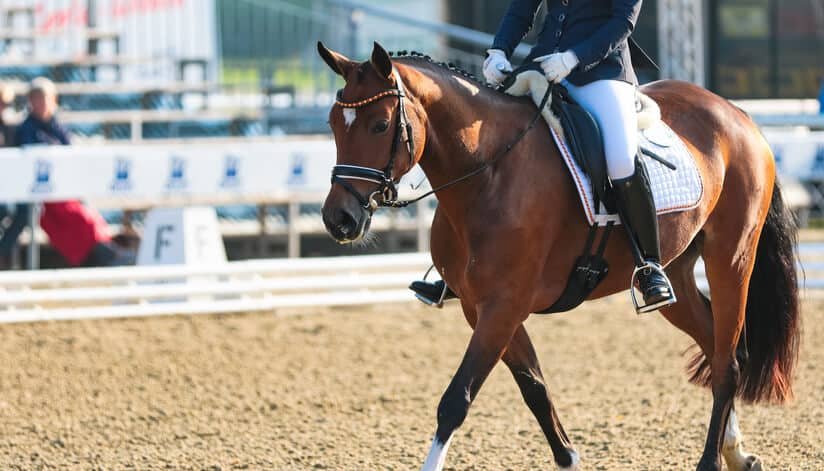
4. Assess Training History and Experience
If you’re choosing a warmblood for competitive riding, it’s important to understand its training history and experience. A horse with a proven track record in your discipline can provide a more reliable foundation for success, but a younger or less experienced horse may offer room for growth.
Key questions to ask:
- Training Level: Is the horse already trained in your discipline? If you’re looking for a show-jumping horse, for example, it should have a history of participating in competitions.
- Competition History: Has the horse competed before? If so, what were the results? A horse with experience at the competition level can give you a better idea of its potential in the sport.
- Rider Compatibility: Consider whether the horse has worked with riders of your skill level. Some horses are better suited to more experienced riders, while others are ideal for those with less experience.
Review the horse’s training records and seek advice from previous owners, trainers, or professionals to gauge how well the horse may fit into your competitive goals.
5. Health and Soundness
A healthy and sound horse is critical for competitive riding. It’s essential to ensure that the warmblood you are considering is in good physical condition and free of injuries or health concerns that could hinder its performance.
Key considerations:
- Vet Check: Always have a veterinarian perform a pre-purchase exam to assess the horse’s overall health and soundness.
- Joint and Leg Health: Competitive riding can be tough on a horse’s joints and legs, particularly in disciplines like show jumping. Check for any signs of lameness or previous injuries.
- Age and Longevity: Keep in mind that younger horses might be more prone to injury during intense training, while older horses may have more experience but less stamina. Ensure the horse is physically capable of meeting the demands of competitive riding.
A horse that is sound and healthy will be more reliable and have a longer, more successful competitive career.
6. Compatibility with Your Riding Style
Lastly, it’s important to choose a warmblood that complements your riding style. Your connection with the horse is key to your success in competitive riding.
Take the time to ride the horse and observe how it responds to your cues. Do you feel comfortable and confident with it? Does the horse respond well to your riding style? The bond between horse and rider is essential for achieving peak performance in competitive settings.
Conclusion
Choosing a warmblood for competitive riding involves a careful evaluation of factors like discipline requirements, temperament, conformation, training history, health, and compatibility with your riding style. A well-chosen warmblood can be your ideal partner for success in competitions, offering the athleticism, trainability, and versatility needed to excel in the sport of your choice.
With the right approach and consideration, you can find the perfect warmblood to help you achieve your competitive riding goals.







